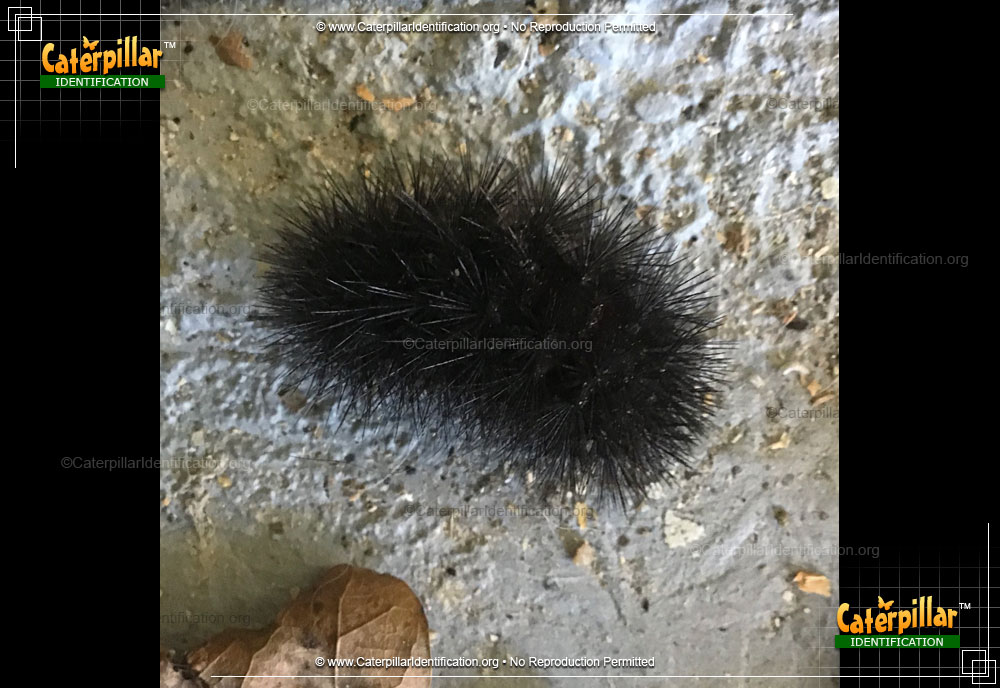


Giant Sphinx caterpillar ( Pseudosphinx tetrio )

To help recognize the catalpa caterpillar, look for the black body with yellow and black markings along the sides. Black and Yellow Caterpillar Identification The worm-like yellow and black caterpillars turn into large brown catalpa sphinx moths. You will find catalpa worms feeding on native catalpa trees or cigar trees in states such as Texas, Florida, Maine, and Iowa. They have a black head and tapered tail end. Catalpa caterpillars measure up to 2” (5 cm) long. These join together to become a yellow row on each side of the caterpillar.Īlso called the Catawba worm, this black and yellow caterpillar has black dots along its sides. Another identifying feature is their yellow markings along each side. They become darker until they are pure black. Immature larvae are usually a light color with few markings. The catalpa caterpillar is a shiny jet black as it matures. Monarch caterpillar ( Danaus plexippus )Ī mature Catalpa Sphinx caterpillar has a black body with yellow markings along each side Let’s look in detail at the stunning and fascinating types of yellow and black striped, fuzzy, hairy, and smooth caterpillars. Types of Black and Yellow Caterpillars (With Pictures) Striped and horned yellow and black caterpillars can measure from less than an inch (2.5 cm) to 5.5” (14 cm) long. This article looks at the identifying features of adult caterpillars in their last stages.īlack and yellow caterpillars are crawling, worm-like, leaf-eating caterpillars in the insect order Lepidoptera. So, a caterpillar that’s just hatched from the pupa may look completely different from an adult caterpillar. It’s also important to remember that all caterpillars go through several changes or instars. You can also measure their length for identification. You can also identify some caterpillar species by the plant the caterpillar is feeding on. The way to identify black and yellow caterpillars is by looking at their colors, distinctive markings, six legs, prolegs (stumpy-looking legs), the presence of hairs or spines, and size. However, it’s best to avoid touching any color of caterpillar that has spines or tufts of fine hairs. But you generally don’t have to worry about black and yellow caterpillars being poisonous. The horns at their head or tail end, eye-like markings, fuzzy bodies, and bright yellow colors, or black and yellow stripes are to ward off potential predators. Some types of black and yellow spiky caterpillars could look menacing. Also, the monarch caterpillar ( Danaus plexippus) and Cinnabar moth caterpillar ( Tyria jacobaeae) contain toxins that could poison small birds or rodents.
Cattipillar that culrs up and has spikes or stungers skin#
However, the yellow and black hairy spotted tussock caterpillar ( Lophocampa maculata) has barbed spines that can cause skin irritation. Most black and yellow caterpillars are harmless and won’t sting you if you touch them. Are Black and Yellow Caterpillars Poisonous? In addition, descriptions and pictures of yellow and black caterpillars help you know what moth or butterfly species they become after metamorphosis. This article is a guide to identifying various types of black and yellow caterpillars. Or the black and yellow fuzzy spotted tussock caterpillar turns into the pretty brown mottled tiger moth. For example, the black and yellow striped monarch caterpillar turns into the spectacular orange and black monarch butterfly. One thing in common with all black and yellow caterpillars is that they turn into spectacular winged insects.īlack and yellow caterpillars typically don’t resemble the butterflies or moths they turn into. Or some other caterpillars can be yellow with fuzzy bodies and black spines or horns. Depending on the moth or butterfly species, the caterpillar could be black with yellow stripes or markings. Black and yellow caterpillars can be large or small crawling insects, and some may have furry bodies. Email Pinterest Facebook Twitter Linkedinīlack and yellow caterpillars are the larvae of butterflies or moths.


 0 kommentar(er)
0 kommentar(er)
